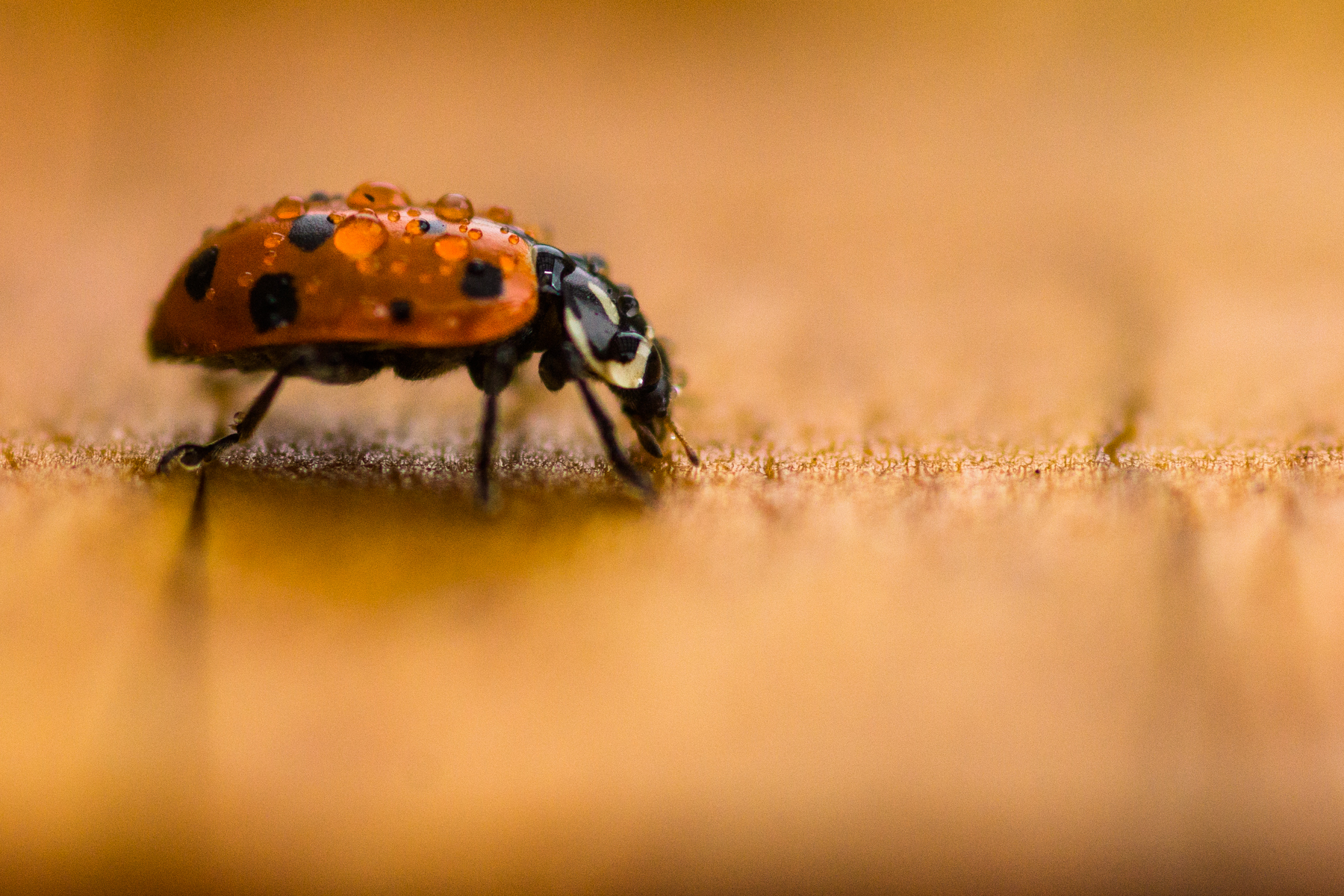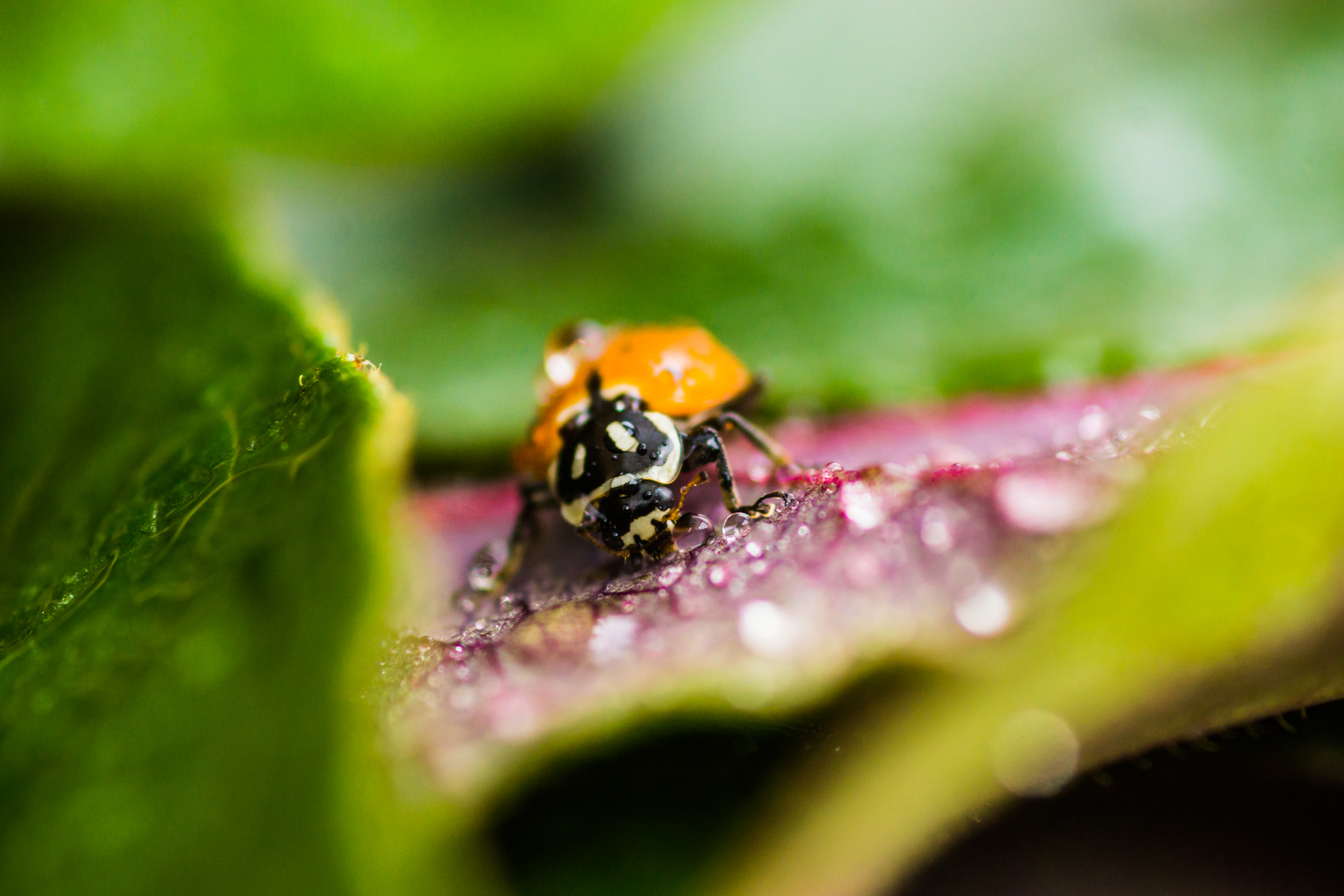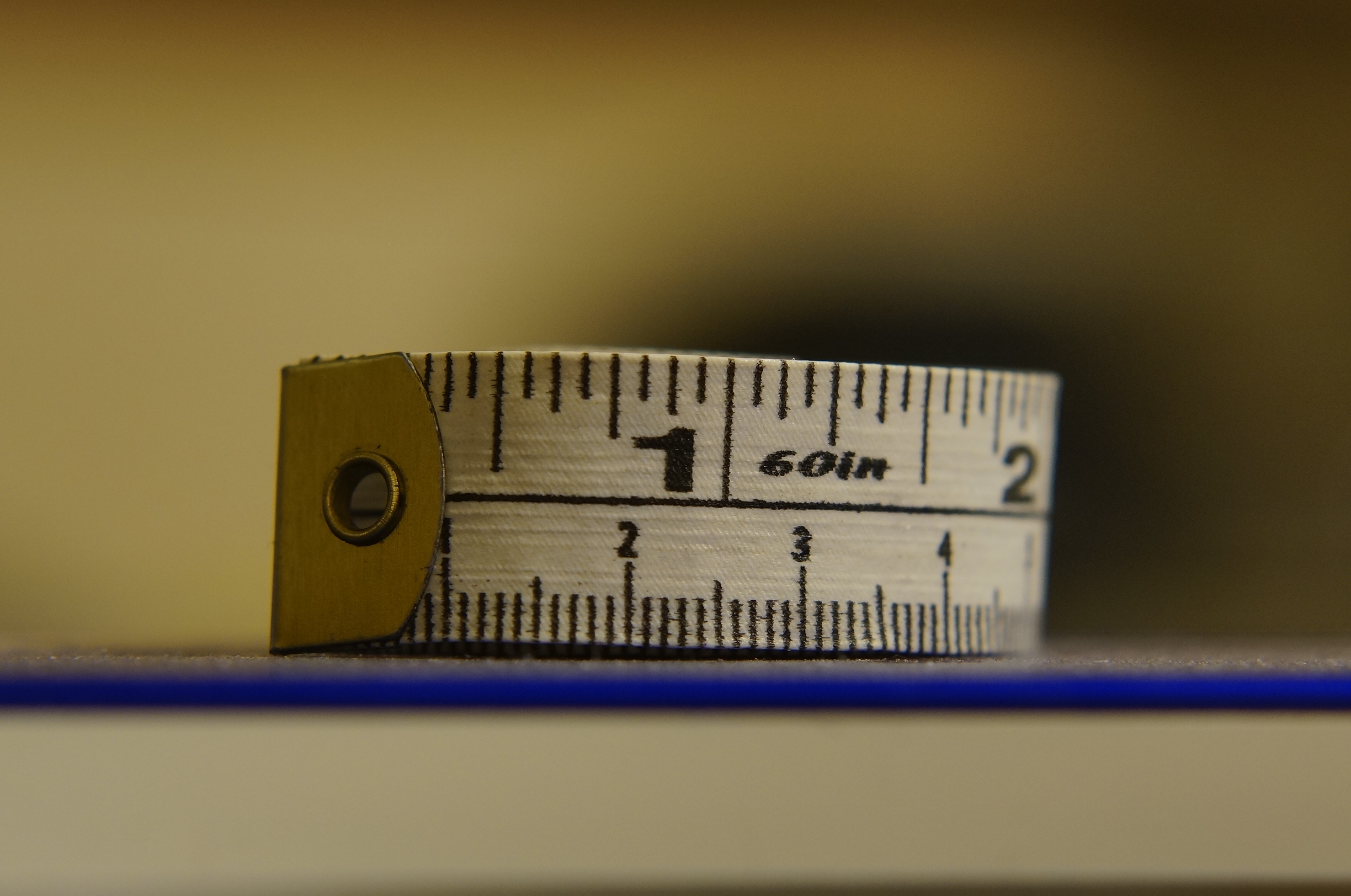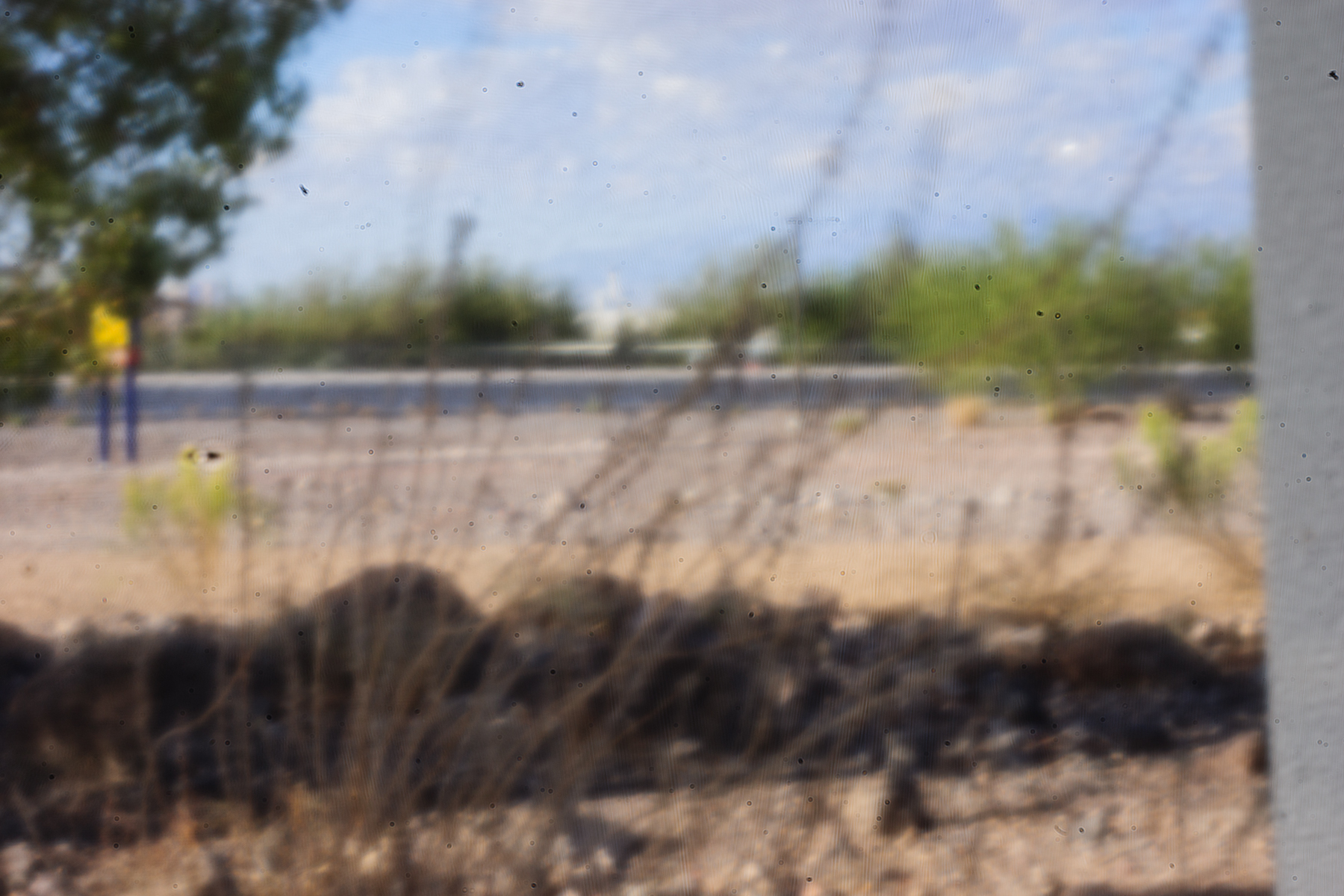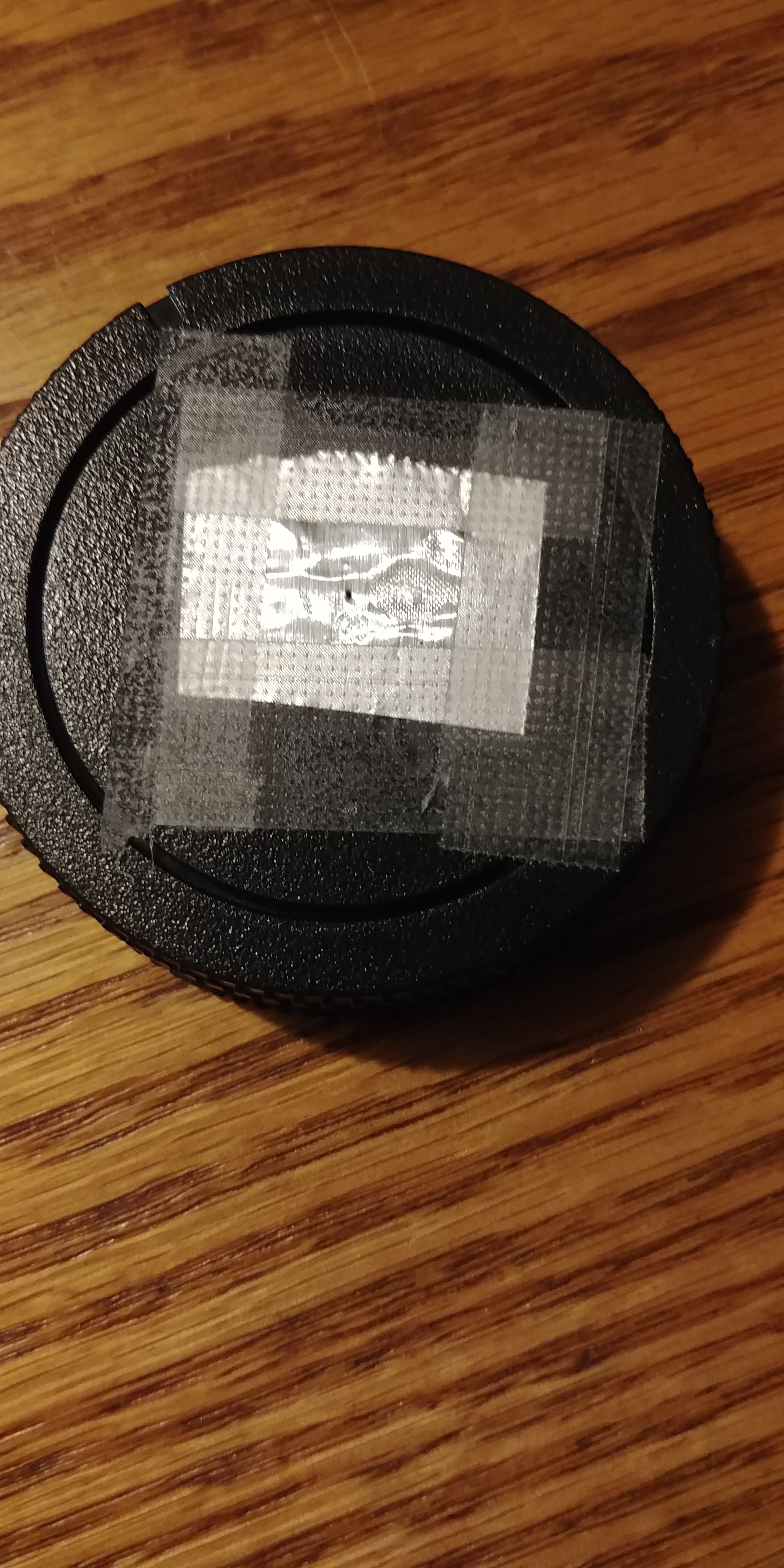Good morning,
So I am trying to get back on schedule with these updates and I am finding that it is not the easiest thing. So with it being spring and all I have done my usual of getting a container of ladybugs for the garden to help control pests and to give the girls a couple of days to have ladybugs nearly on demand. They had their fun and I got to take some pictures using my macro lens. If you want to short version of this post here it is “Tripods can make macro photography easier.”
Now the idea for macro seems like it is easy. It did to me when I got my first true macro lens some years ago. After using it for a little while I realized that the closer to the lens one gets the smaller the depth of field gets. I recall taking a picture of my dog tags to test the lens and was not prepared for only 2 letters to be on the plane of focus.
This was at 50mm at f2.8
Because such a small slice of area is on focus, hand holding a camera for macro images can be difficult. So I suggest using a tripod and if you want to get really fancy there are sliding tripod heads that make moving the camera for this type of work easier. I have yet to use one myself because I do not shoot a ton of macro, I have seen them though and they appear to make the process easier.
Now back to the ladybugs. So we let some ladybugs go, it was still a bit chilly out so they were moving slow. This was perfect for taking pictures of them.
The first image was one of them walking and was shot at f4.0 and the small area of focus can easily be seen on the wood. I had multiple images where the ladybug moved just outside of the focus area. The second image is also at f4.0 and the whole ladybug isn’t in focus. The third image is was taken at f13 and a little farther away and now large portions of a leaf are in focus. When working with such a small area of focus and slow of not moving subjects a tripod helps maintain the focused area where you want it.
Hope you enjoyed the blog have fun with the new knowledge.
~Scott

